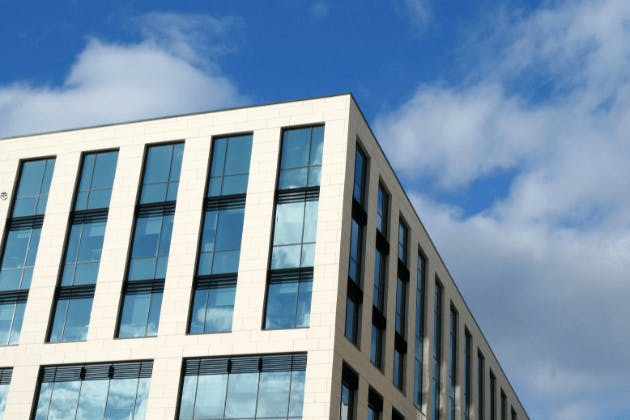For property owners and landlords, distinguishing between repairs and improvements isn't just a matter of semantics—it's a financial imperative that directly impacts tax obligations and property value. The seemingly subtle difference between maintaining a property's existing condition and enhancing its overall quality can translate into significant financial consequences.
Whether you're a seasoned landlord or a newcomer to property investment, understanding these distinctions is crucial for maximising your rental property's financial potential and ensuring compliance with tax regulations.

Repairs: Maintaining the Status Quo
Repairs are actions taken to restore a rental property to its original condition or maintain its current state. These are typically necessary interventions that address wear and tear or fix issues that impair the property's functionality.
Common examples of repairs include:
- Fixing leaky taps or pipes
- Replacing broken tiles or floorboards
- Repairing damaged roofing
- Patching holes in walls
- Servicing heating or cooling systems
- Repainting walls to address normal wear
The key characteristic of repairs is that they do not add value to the property or extend its useful life. Instead, they keep the property in good working order and maintain its existing value.
Tax Implications of Repairs
From a tax perspective, repairs offer a significant advantage. The costs associated with repairs are typically deductible as expenses in the year they are incurred. This means that landlords can reduce their taxable income for that specific tax year by the full amount spent on repairs.
For instance, if a landlord spends £1,000 on repairing a broken boiler, they can deduct this entire amount from their rental income when calculating their taxable profit for that year.
Improvements: Enhancing Property Value
Improvements, on the other hand, are enhancements that increase the property's value, extend its useful life, or adapt it for a different use. These are typically more substantial changes that go beyond mere maintenance.
Examples of improvements include:
- Replacing an entire carpet throughout the property
- Installing new, upgraded appliances
- Renovating a bathroom or kitchen
- Adding new features like a deck, patio, or conservatory
- Upgrading the electrical or plumbing systems
- Installing double-glazed windows throughout the property
Improvements generally result in a noticeable increase in the property's value or functionality, often making it more attractive to potential tenants or increasing its rental potential.
Tax Implications of Improvements
The tax treatment of improvements differs significantly from that of repairs. Rather than being fully deductible in the year they are made, improvements must be depreciated over a period of time. For residential rental properties in the UK, this depreciation period is typically 10% per year on a reducing balance basis.
This means that the cost of an improvement is spread out over several years for tax purposes. For example, if a landlord spends £10,000 on a kitchen renovation, they cannot deduct the full amount in the year it was spent. Instead, they would deduct a portion of this cost each year over the depreciation period.
Key Differences: Repairs vs. Improvements
To summarise the main distinctions:
- Purpose: Repairs maintain the property's current condition, while improvements enhance or upgrade it.
- Value Impact: Repairs preserve existing value, while improvements typically increase the property's value.
- Tax Treatment: Repairs are deductible in the year incurred, while improvements are depreciated over time.
- Scope: Repairs are usually smaller in scale and address specific issues, while improvements often involve more substantial changes or additions.
Real-World Examples
To illustrate these differences, consider the following scenarios:
- Window Replacement:
- Repair: Replacing a single broken window pane would be considered a repair.
- Improvement: Replacing all windows in the property with double-glazed units would be an improvement.
- Flooring:
- Repair: Fixing a small section of damaged carpet or floorboards.
- Improvement: Installing new hardwood flooring throughout the property.
- Kitchen Work:
- Repair: Fixing a leaky sink or replacing a broken cabinet door.
- Improvement: Completely renovating the kitchen with new cabinets, countertops, and appliances.
FAQs
Contact our property management team in Crawley
For property owners and residents in Crawley, Reigate, and Horsham, professional management services can help navigate challenges while maintaining property values and resident satisfaction.
For more information on our management services, get in touch by calling us on 01293 320 806.

